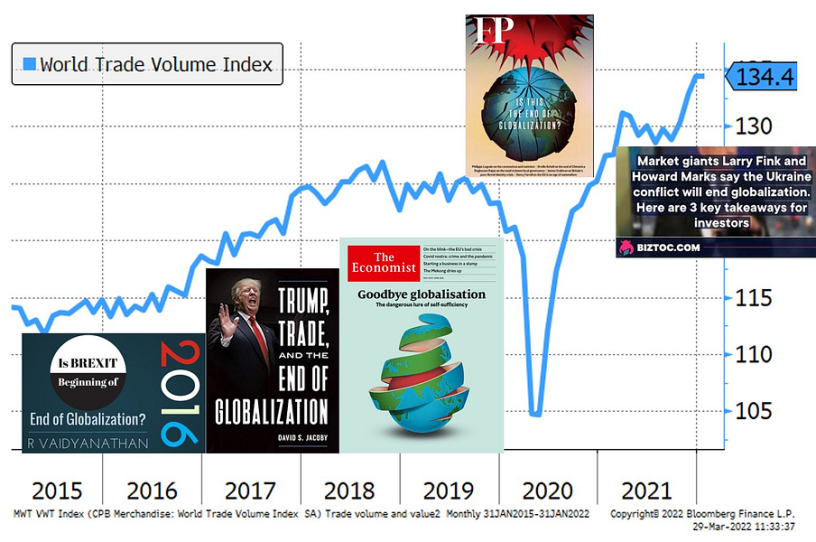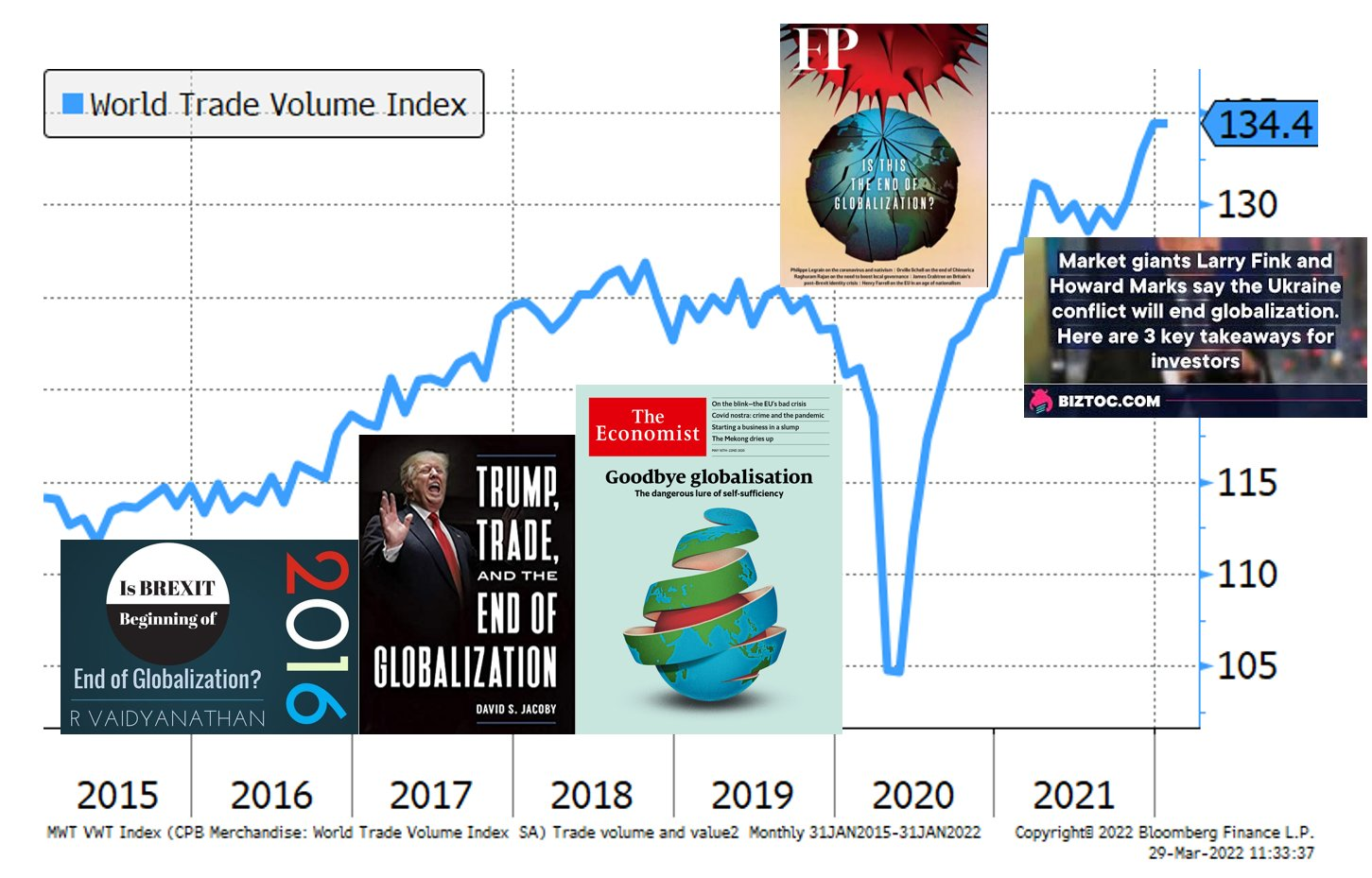It’s the End of Globalization As We Know It (And That’s Probably Fine), Part 2

Dear Capitolisters,
This week we’ll jump right into Part 2 of my musings on the big “deglobalization” narrative that’s sweeping the (ahem) planet. You can read Part 1 here, to which I’ll just add these useful notes and chart from a fellow skeptic, Schwab’s Jeffrey Kleintop:

Now on to Part 2…